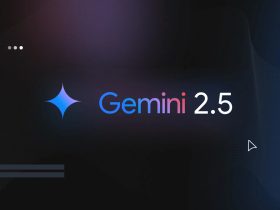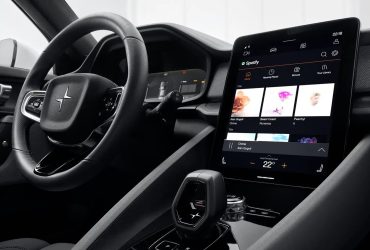Your Car’s Infotainment Screen Is Getting A Subtle But Important Facelift With Android Automotive 16

Sign in to your Android Police account

It’s been exactly a year since Android Automotive OS’ (AAOS) received a revamped and improved Google Assistant UI, but the redesign will be shortlived.
Android Automotive 16 is likely to roll out Gemini to the operating system as part of the tech giant’s strategy to phase out the old trusty Google Assistant, with the update expected to bring other UI tweaks and UWB support in tow.

Related
For reference, we’re not talking about Android Auto, which essentially allows you to project your smartphone onto your vehicle’s display. Instead, we’re talking about AAOS, which is a full-fledged operating system that is built into vehicles’ displays and does not rely on external smartphone to operate.
Similar to Google’s other phones and tablets, AAOS is also poised to receive a new major software update sometime this year. According to credible Android analyst Mishaal Rahman in a report for Android Authority, after testing an open-source version of Android Automotive 16 provided by Snapp Automotive, this update won’t be as feature-packed as the regular Android 16 update. This is because of the inherent limitations of an in-vehicle display, paired with safety-related limitations.
The update will introduce subtle changes
Ones that users might notice

Source: Android Authority
For starters, the OS’ home screen will get rid of the Weather card, opting to give the entire side-aligned space to a taller Media card. On the same screen, the os-wide quick access volume button will soon reside in the status/system bar on the top left, with a dedicated voice assistant button taking its place on the bottom right.
This is a slightly more intuitive positioning for the assistant shortcut, and potentially makes its way with Gemini’s arrival.

Source: Android Authority
Elsewhere, AAOS 16 is also expected to bring a tweaked volume panel. Instead of appearing as a full-width bar at the top, the panel will appear as an overlay that separates Media volume and In-call volume. The latter, for reference, is a renamed version of ‘Ringer volume.’
Additionally, in a tweak that appears to defy Android 16’s Material 3 Expressive standard, AAOS 16 will change the operating system’s current notification panel’s transparent background into a solid one. The UI looks less modern, but improves legibility.

Source: Android Authority
Old (left), new (right)
Most importantly, the update will introduce a new dedicated toggle for UWB. Currently, when you navigate to Settings > Connected device, Android Automotive only highlights Bluetooth as the supported standard. With AAOS 16, the same screen would also highlight a toggle for UWB, which can help “your car identify the position of UWB devices.”
For what it’s worth, AAOS 16 is open-source, which means automakers have the freedom to customize it to match their design language. So, if AAOS 16 doesn’t look similar to the screenshots in this article when it is finally available in your vehicle, you’ll know who to point the finger at.

Related
What’s your reaction?
Love0
Sad0
Happy0
Sleepy0
Angry0
Dead0
Wink0










Leave a Reply
View Comments